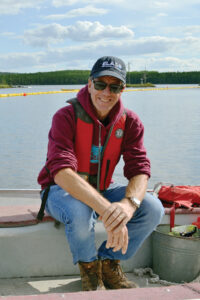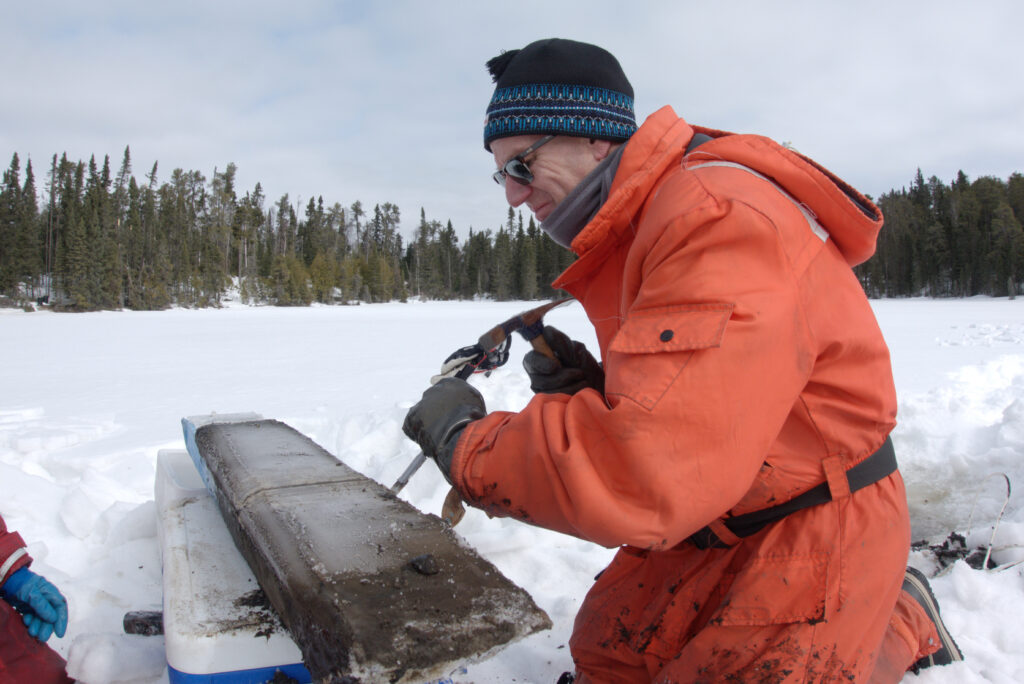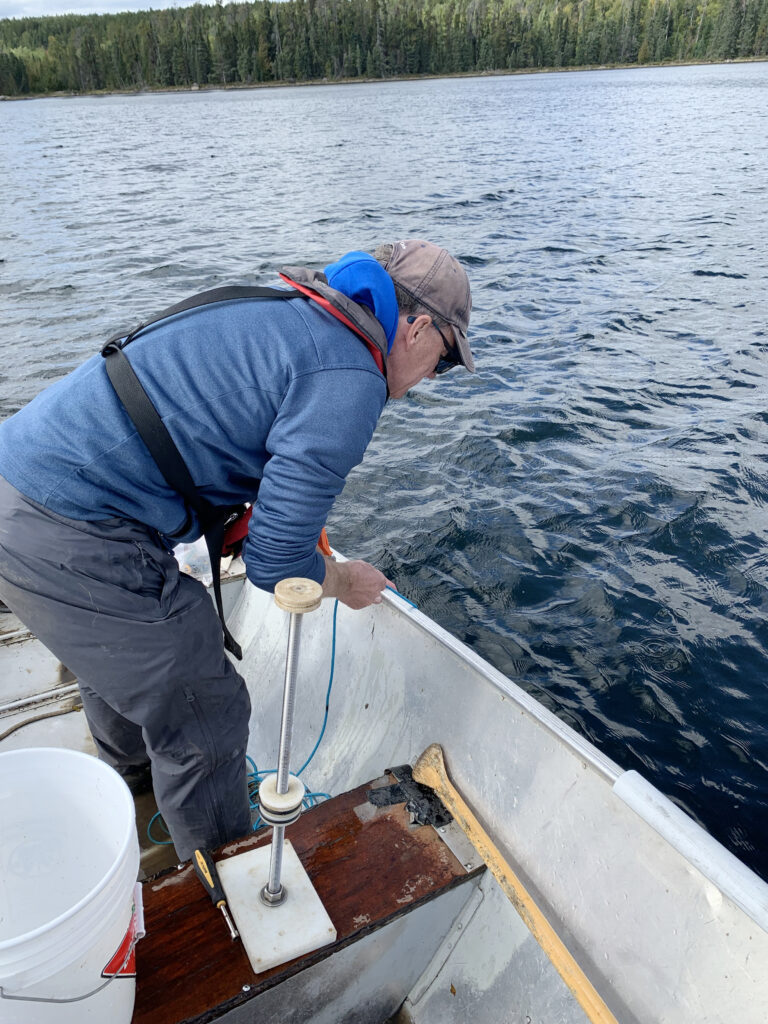By Sumeep Bath
One thing I have discovered, since moving here fifteen years ago, is that Winnipeg is certainly a land of wholesome, dedicated and wonderfully earnest folks.
Few encapsulate that genre better than Michael Paterson – a Winnipegger for almost five decades and one of driving forces behind IISD Experimental Lakes Area – a truly singular research station just a few hours east of the ‘Peg.

Perhaps, first, a primer on IISD Experimental Lakes Area, or the world’s freshwater laboratory.
Located in a sparsely populated region of Northwestern Ontario, IISD Experimental Lakes Area are a series of 58 small lakes and their watersheds. At about an hour from Kenora – the closest town – the lakes in that region are mostly unaffected by human impacts.
That is why, at the end of the 1960s, when scientists were desperately trying to discover what was causing all those unsightly, and harmful, algal blooms that were plaguing lakes across the continent, some plucky Canadian scientists had the idea of figuratively cordoning off a few of those lakes for experimentation. Since 1968, the number of lakes, the nature of the research and even the management have changed greatly, but the purpose of this unique approach to science remains the same.

In short, IISD Experimental Lakes Area is the only place in the world where scientists can manipulate real lakes, over the long term, to replicate what humans are doing to lakes around the world. That could mean adding microplastics to a lake to study the impact of plastic pollution, or increasing how much water enters a lake to replicate the impact of more rain and snow due to climate change.
By manipulating these small lakes, scientists can examine how all aspects of the ecosystem – from the atmosphere to fish populations – respond, resulting in research that is more realistic and relevant than that conducted in laboratories.
Since 1968, this unique research approach has influenced billion-dollar decisions of governments and industries, including, for example, the body of research that ultimately resulted in “phosphate-free” detergents you see in grocery shelves.
A Winnipegger from the age of 13, Mike had always grown up with limnology (or, the study of fresh water) as his father worked at the Freshwater Institute, which at that time operated the Experimental Lakes Area. A few university degrees later (including a stint down south in Indiana and on the east coast), Mike was working with the Freshwater Institute and the Experimental Lakes Area himself as a food web ecologist.

“When I first arrived at the site as a bright-eyed newbie in ’92, I set to work on a project that was looking at the environmental impact of creating new reservoirs. You would be surprised that these effects can range from the release of greenhouse gases into the atmosphere to the cycling of mercury throughout systems,” said Mike.
Ever since then, Mike has put his stamp on many of the landmark studies at those lakes, including more work to determine the cause and impact of algal blooms. He was the head scientist of the program from 2006-2016 before he decided to take a step back to focus more on science and less on administration.
“While I loved those years leading the science at the world’s freshwater laboratory, a lot of my time was taken up with administration and the transfer of ELA to the International Institute for Sustainable Development in 20144.”
Mike is far too humble to articulate this, but he and his wife, Gail Asper, another proud and dedicated Winnipegger, were highly instrumental in the saving of the site and its transference to the IISD, certainly buoyed by their many years spent out at the lakes and their personal attachment to them. And they continue to be strong supporters of and advocates for the lakes in both in their personal and professional lives.
“The future now looks very bright for the site – we are doing so much new research as well as education, outreach to and work with local communities that we have definitely entered into a new and healthy era.”

And although Mike doesn’t see retirement on the horizon any time soon, he’s not too worried about that day. He will always have a connection to the place that he has loved for some many years, a place that helped raise his children, and a place that has changed the health and future of fresh water forever.
Sumeep Bath is Editorial and Communications Manager, IISD Experimental Lakes Area.

